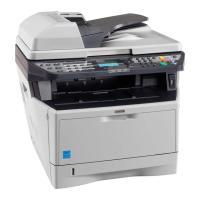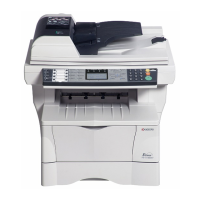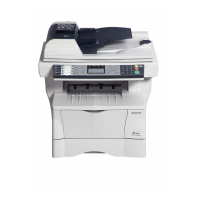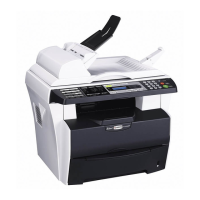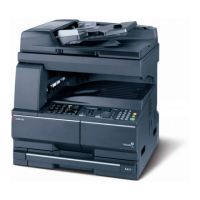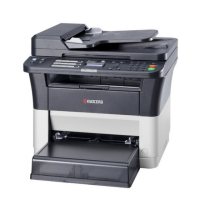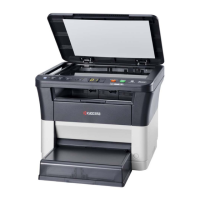Appendix-8 OPERATION GUIDE
even surface; however, avoid coated paper or paper with a treated surface as it may damage the drum or fusing
unit.
Ingredient
Do not use paper such as paper that has been coated or surface-treated or paper that contains plastic or carbon.
These paper may produce harmful fumes from the heat of printing and may damage the drum.
Be sure to use the standard paper that contains at least 80% pulp, i.e., not more than 20% of the total paper
content consists of cotton or other fibers.
Supported Paper Sizes
Paper of the following sizes is supported by the machine.
Measurements in the table take into account a ±0.7 mm dimensional accuracy for length and width. Corner
angles must be 90° ± 0.2°.
Smoothness
The paper surface should be smooth, but it must be uncoated. With paper that is too smooth and slippery,
several sheets may accidentally be supplied at once, causing jams.
Basis Weight
In countries that use the metric system, basis weight is the weight in grams of one sheet of paper one square
meter in area. In the United States, basis weight is the weight in pounds of one ream (500 sheets) of paper cut
to the standard size (or trade size) for a specific grade of paper. Paper that is too heavy or too light may be
supplied incorrectly or cause paper jams, which may cause excessive wear of the machine. Mixed paper weight
(i.e., thickness) may cause several sheets to be supplied at once accidentally and may also cause blurring or
other printing problems if the toner fails to adhere correctly.
Manual Feed Tray Cassette or Manual Feed Tray
B6 (128 × 182 mm) Letter
ISO B5 (176 × 250 mm) Legal
Envelope #10 (Commercial #10) (4 1/8 × 9 1/2") Statement
Envelope #9 (Commercial #9) (3 7/8 × 8 7/8") Executive
Envelope #6 (Commercial #6 3/4) (3 5/8 × 6 1/2") Oficio II
Envelope Monarch (3 7/8 × 7 1/2") A4 (297 × 210 mm)
Envelope DL (110 × 220 mm) A5 (210 × 148 mm)
Envelope C5 (162 × 229mm) A6 (105 × 148 mm)
Size Entry (70 × 148 to 216 × 356 mm) B5 (257 × 182 mm)
Folio (210 × 330 mm)
16K (273 × 197 mm)
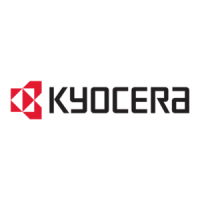
